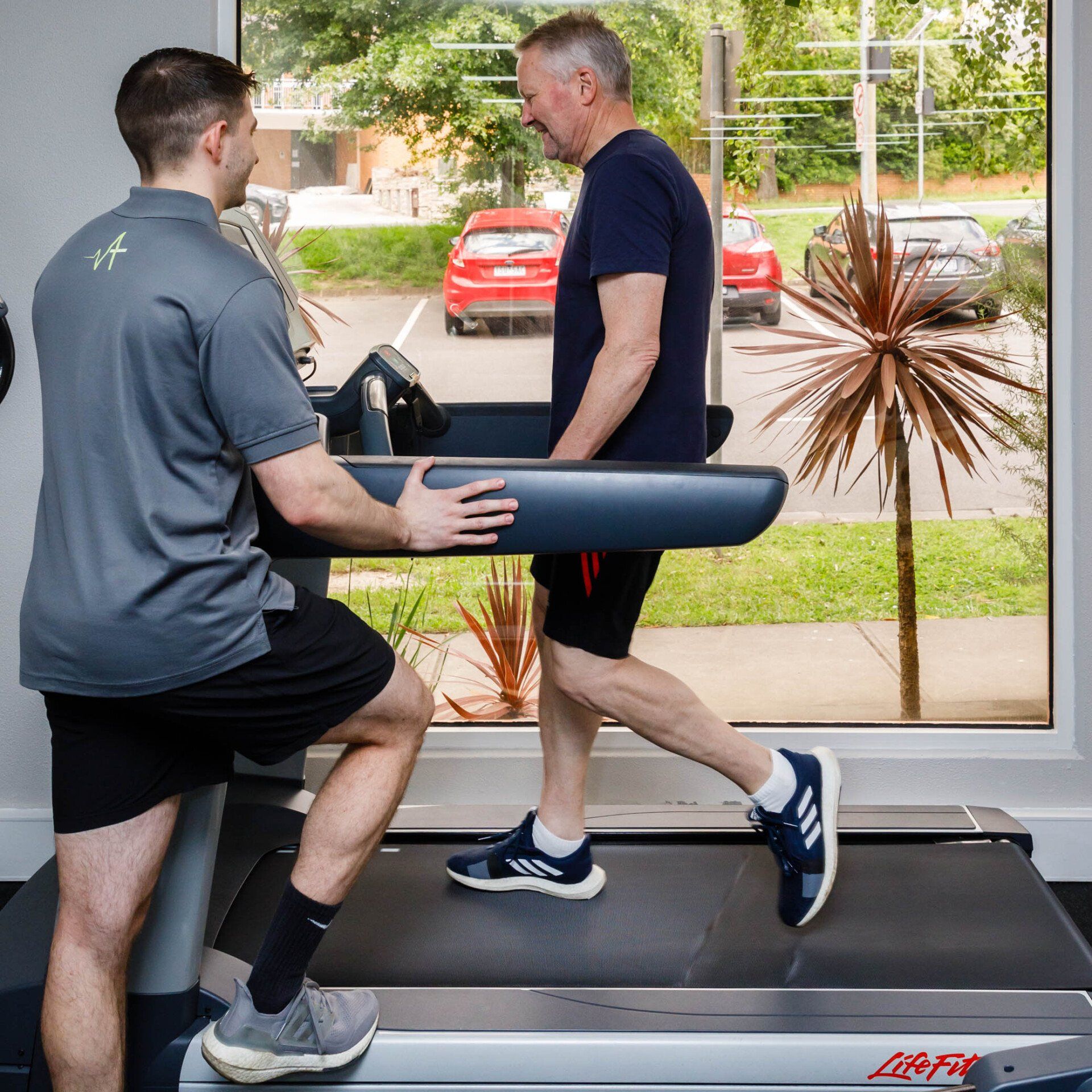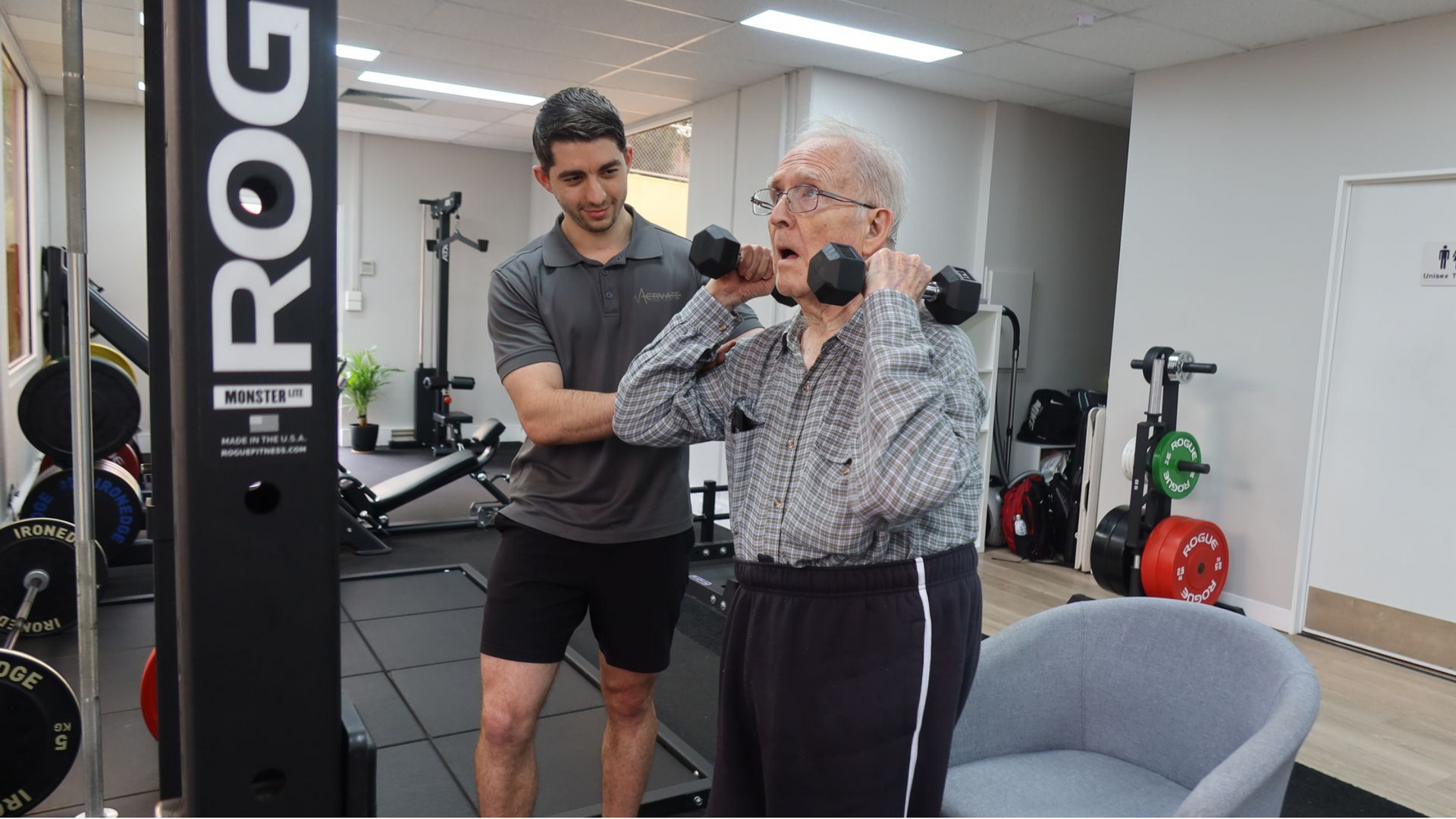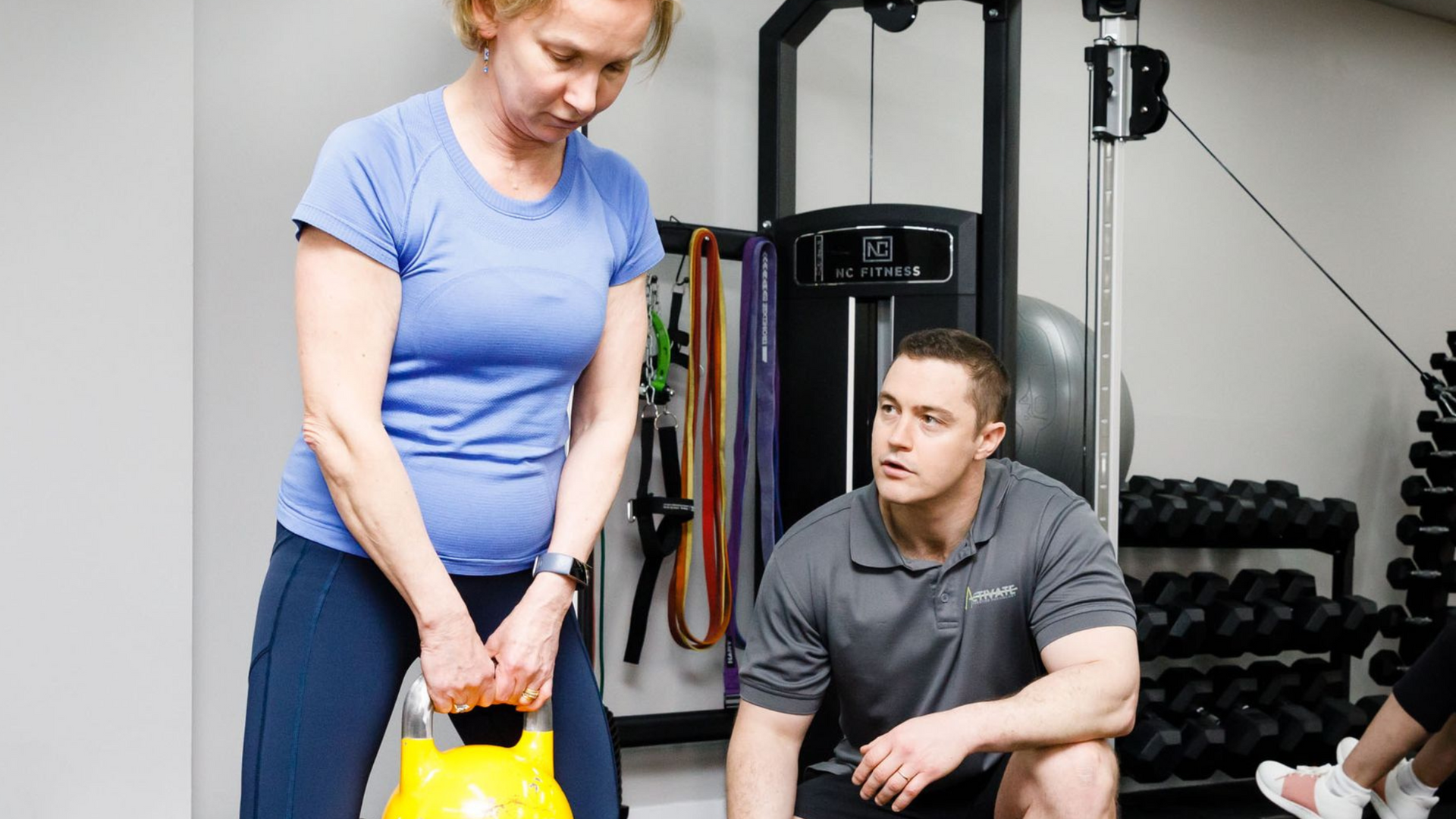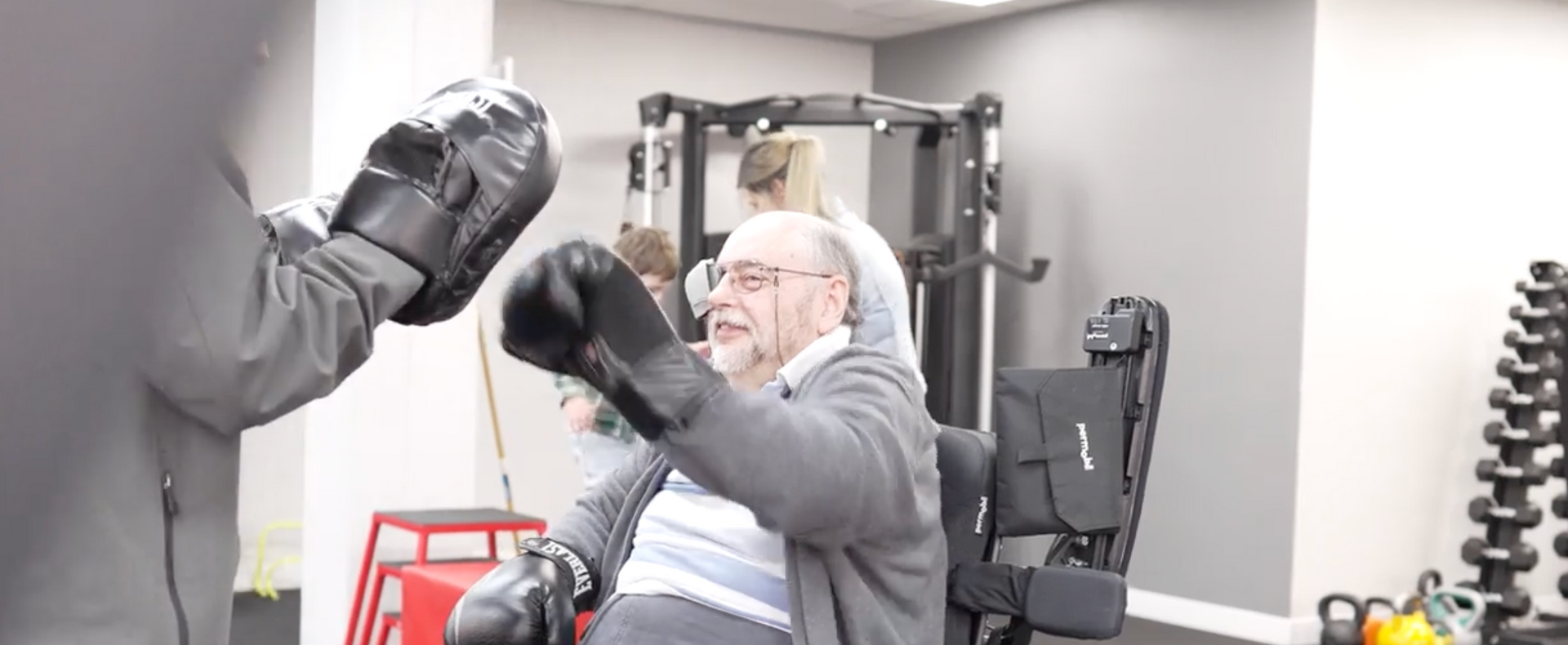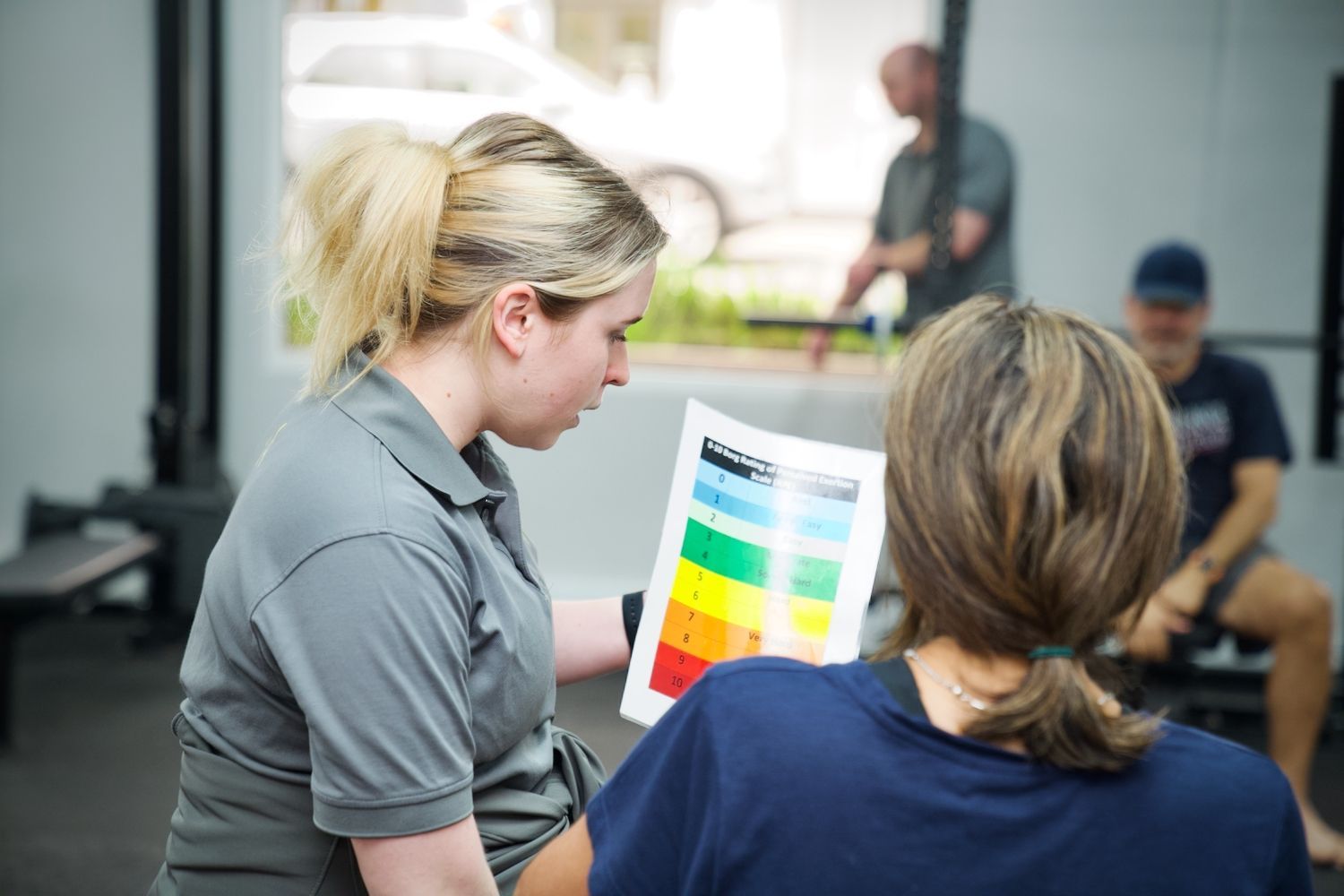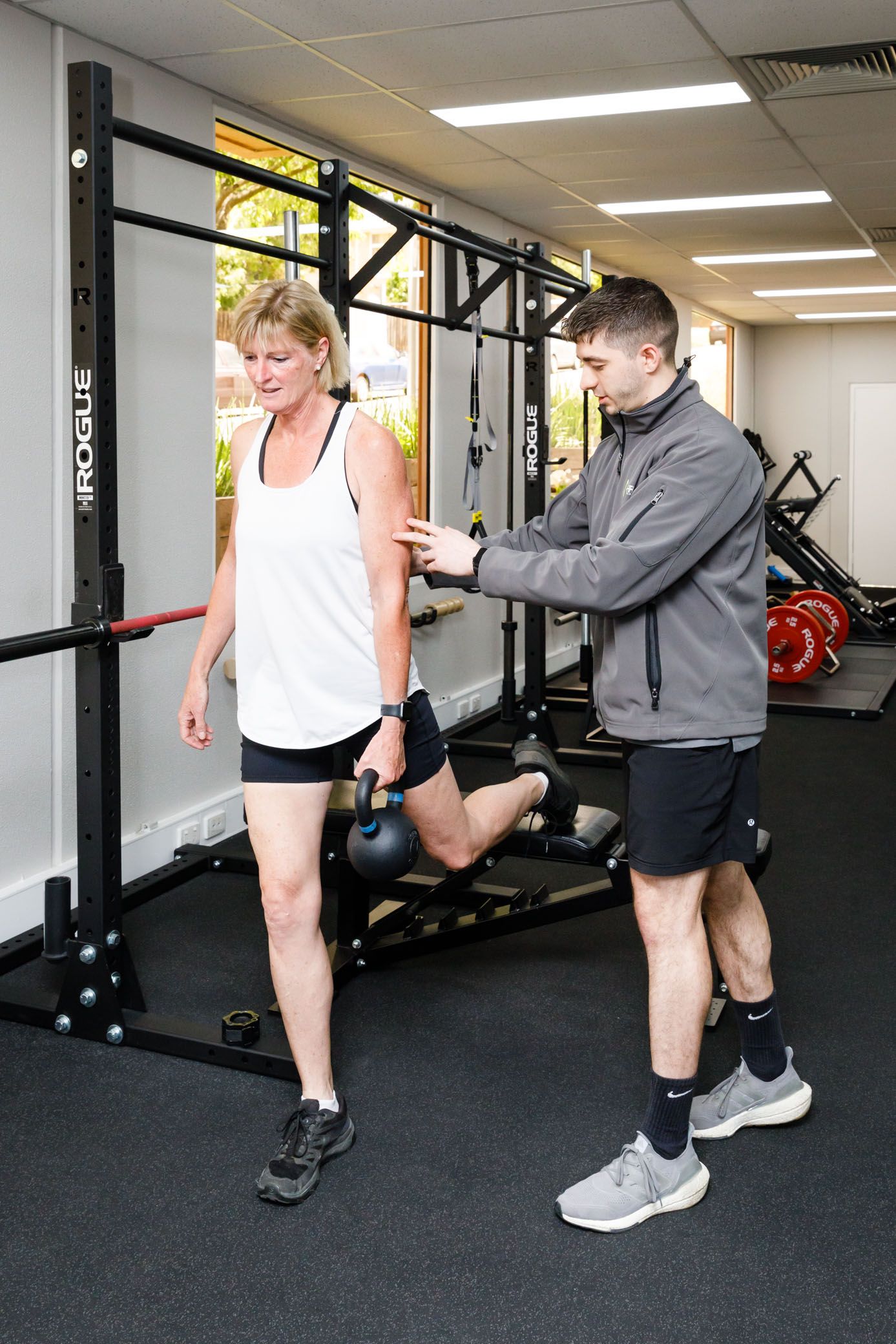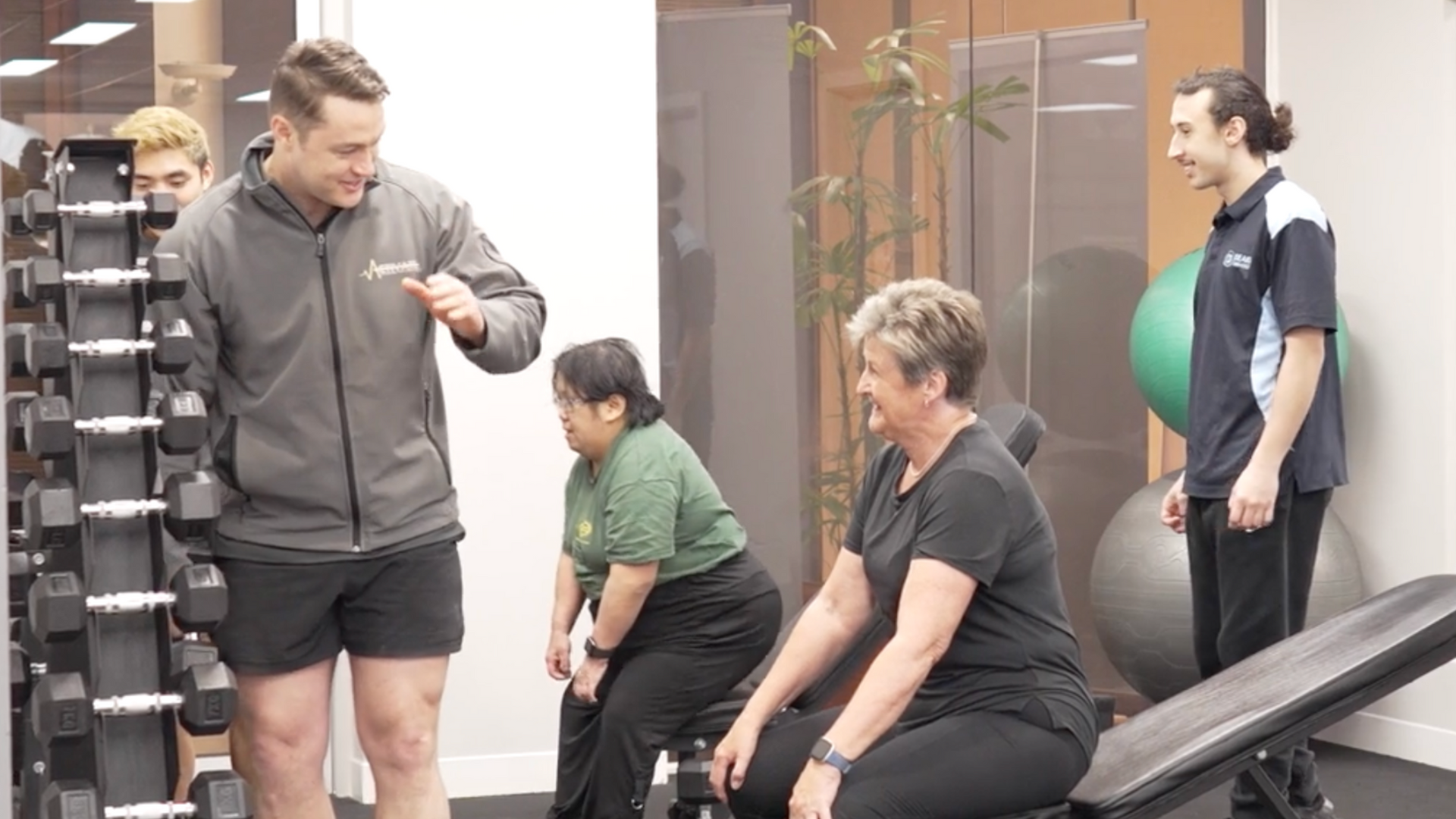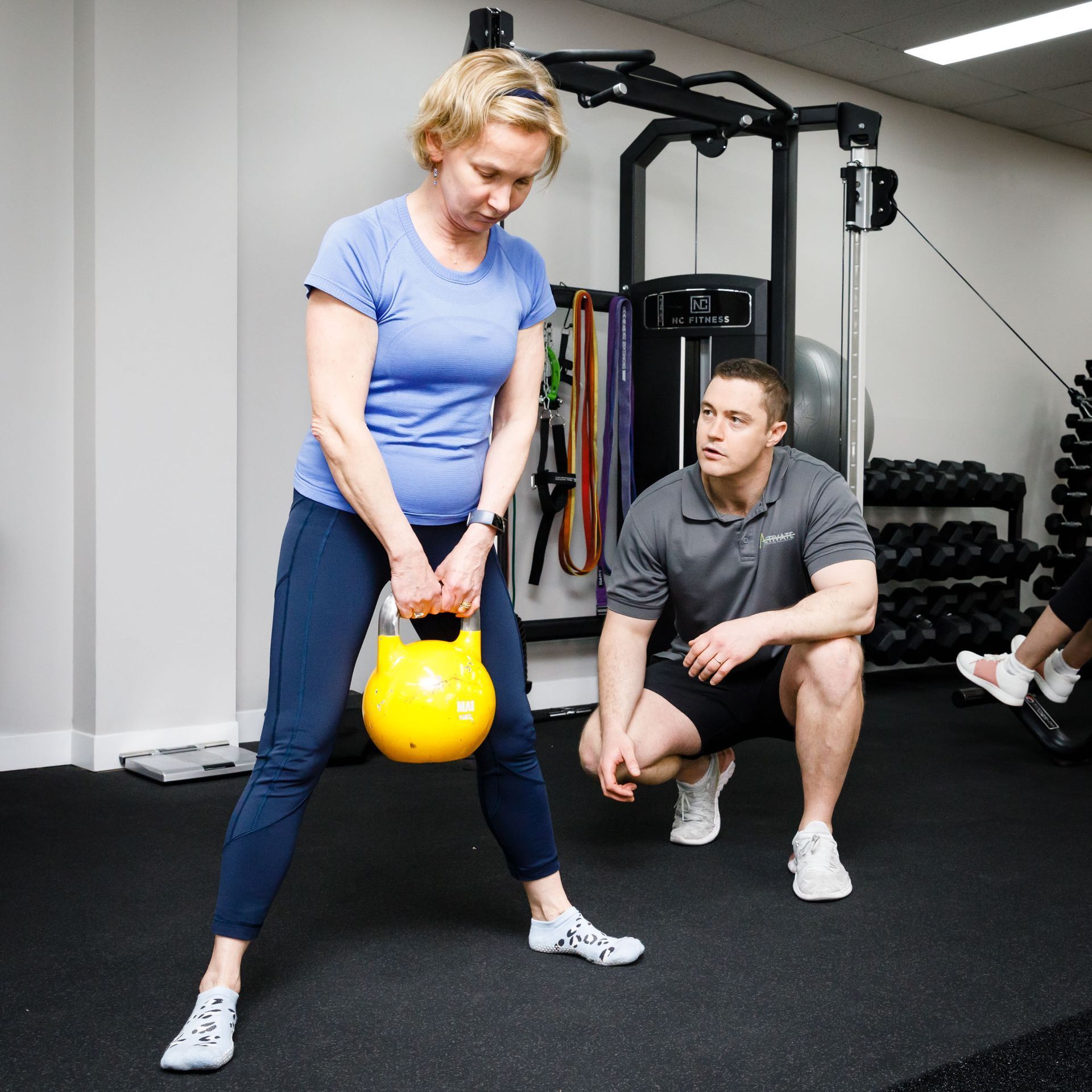
The 3 Best Exercises for Knee Osteoarthritis
Knee osteoarthritis (OA) affects millions worldwide, leading to pain, stiffness, and reduced quality of life. But here's the good news: exercise is one of the most effective non-pharmacological treatments for managing knee OA. In fact, recent research confirms that regular movement not only eases pain but also improves strength and daily function. So, which exercises offer the best results?
Let’s break down the top 3 exercises you should be doing to manage knee osteoarthritis.
1. Aerobic Exercise
Aerobic exercise helps improve cardiovascular health, maintain a healthy weight, and reduce systemic inflammation, all of which can help manage OA symptoms.
Recommendations:
- 150 minutes of moderate or 75 minutes of vigorous aerobic activity per week is recommended**.
- Benefits include reduced joint pain and stiffness and improved endurance.
Best options for knee OA:
- Brisk walking
- Swimming
- Cycling (stationary or outdoors)
**Note: This is a general recommendation. While research hasn’t determined the exact amount of aerobic exercise required specifically for osteoarthritis, any amount can offer benefits. However, to support overall health and well-being, which can positively impact OA, the recommended guidelines remain a helpful target.
2. Resistance Training
Strengthening the muscles around the knee, especially the quadriceps and glutes can reduce joint pain.
Recommendations:
- Resistance training programs lasting 5 weeks or more produce moderate improvements in pain, strength, and function.
- Interventions under 4 weeks are generally ineffective.
- Surprisingly, total exercise volume or adherence levels are not strongly associated with better outcomes. This means doing some training consistently over time matters more than hitting perfection.
Strength exercises for knee OA:
- Sit-to-stands or chair squats
- Step-ups
- Leg extensions
3. Functional Exercises
Functional exercises are movements that closely mimic the activities you perform in daily life or during recreational tasks. Functional exercises can improve your ability to carry out everyday movements like walking, standing, climbing stairs, or getting out of a chair, key areas affected by knee osteoarthritis.
What the research says:
- Moderate benefits for physical function in daily activities (ADL) and sport-specific function after 3–6 months of exercise
- Resistance training improves functional outcomes, especially when programs are at least 5 weeks long.
These findings highlight the importance of exercises that mimic real-life movements and support daily independence.
Functional exercises can include:
- Breaking down an activity you find difficult into smaller movements
- Doing the movement you find painful but with supports, different ranges of motion or for less repetitions
- Walking drills and controlled lunges
Focusing on these movements can improve strength and functional capacity, helping you move better and more confidently in daily life.
What the Science Says Overall
A recent meta-analysis of over 280 studies showed:
- Moderate benefits for pain and physical function from 3 to 6-month resistance training programs.
- Longer interventions (up to 12 months) had additional functional gains.
- No clear link between total exercise dose or adherence and outcome, so the key is to just get started and stay consistent.
🏁 Final Thoughts
Managing knee osteoarthritis doesn’t require extreme workouts, it requires smart, consistent, and purposeful movement. Focus on aerobic activity, resistance training, and functional exercises to see the biggest improvements in pain and daily function. Symptoms from knee osteoarthritis will present differently in each individual person which is why it is important to have a personalised, tailored exercise program.
If you're not sure where to begin, speak with an exercise physiologist to build a safe, effective plan tailored to you.
Need help getting started? Reach out to our team for personalised support in managing osteoarthritis through movement.
